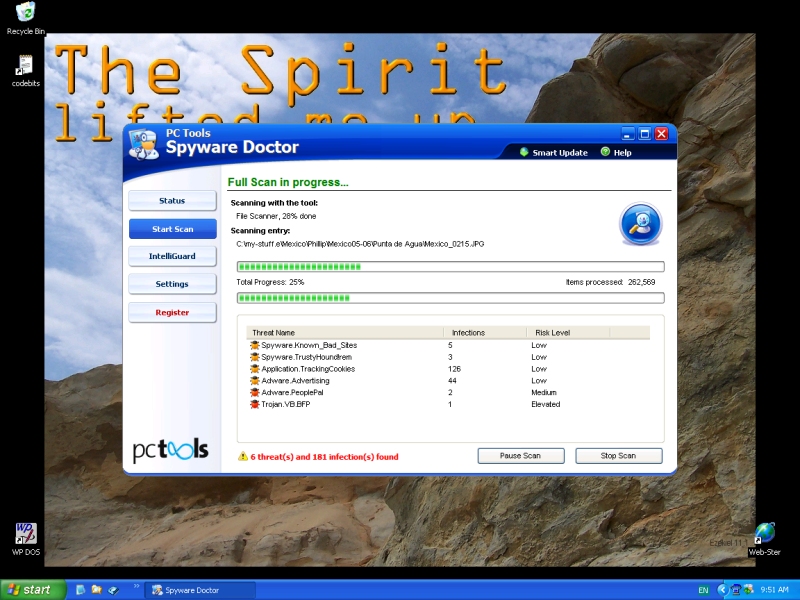Wherein one Internet titan shows a thing or two to another Internet titan’s competing browser:
Users report Microsoft Security Essentials removes Google Chrome
On September 30th, 2011, an incorrect detection for PWS:Win32/Zbot was identified and as a result, Google Chrome was inadvertently blocked and in some cases removed. Within a few hours, Microsoft released an update that addresses the issue. Signature versions 1.113.672.0 and higher include this update. Affected customers should manually update Microsoft Security Essentials (MSE) with the latest signatures. After updating the definitions, reinstall Google Chrome. We apologize for the inconvenience this may have caused our customers.
An inadvertent inconvenience — yup. Sure. You betcha. 😆
But, hey, they apologized.
I can believe that.
Question is, does Google? 
Next thing you know, we’re going to hear about some strange search (non)rankings and (non)results for Microsoft products.
Maybe when you do a search for “word processor suite,” the results will show WordPerfect back its rightful kingly place. And Microsoft Word(no-perfect-there) will show up once at the bottom of the first page of results…with an ominous warning about it being a potential attack site.
Stand by, folks. This could get exciting.
We may be entering a new phase of the browser wars. 😯
Meanwhile, maybe you’d better play it safe. Use Yahoo! for search, Firefox for browsing, and WordPerfect for documenting. (And maybe Linux for an operating system.)
This PSA has been brought to you by Mark Roth, Ain’t Complicated, and your local browser. You’re welcome.
PS: Coming tomorrow — His Name Is Obama. If current plans don’t hold, well, that post won’t be coming tomorrow. Keep your browser tuned to this…ah…station.
